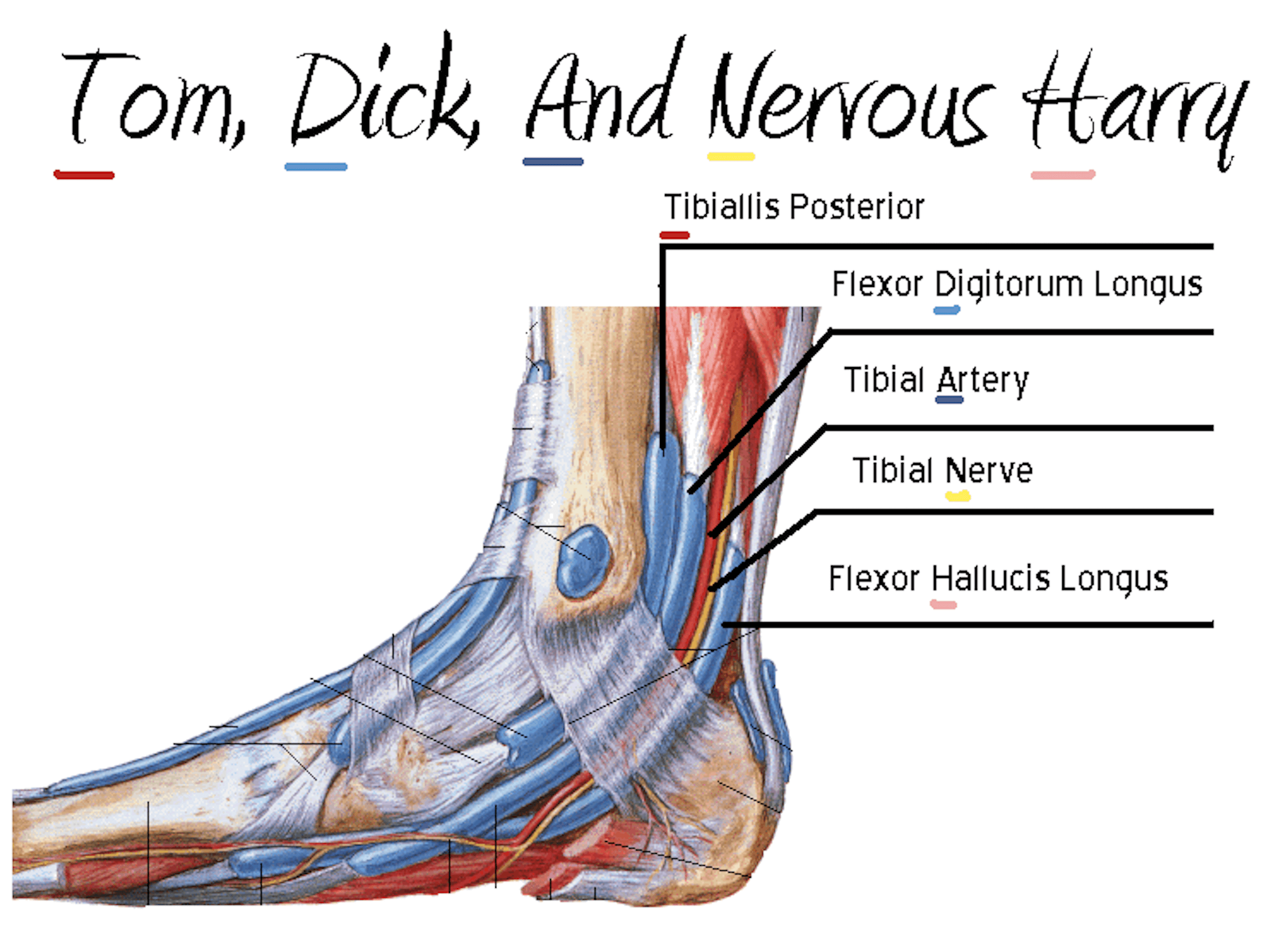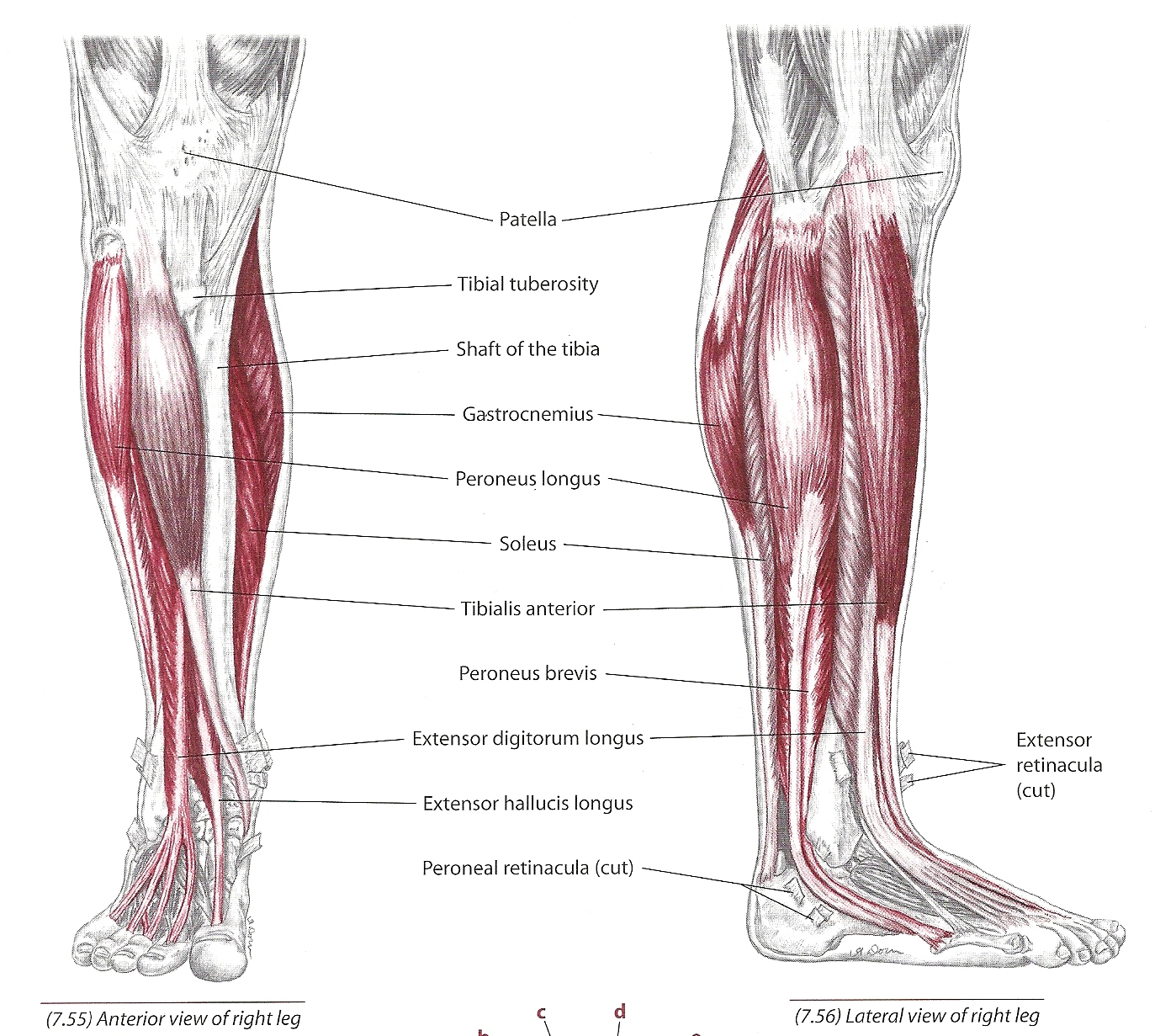Tibialis Muscle Function - Keeping You Moving
Have you ever given much thought to the incredible work your legs do every single day? It's almost too easy to overlook the small, yet very powerful, components that make walking, running, and even just standing possible. Tucked away in the front part of your lower leg, there is a particular piece of anatomy, a muscle known as the tibialis anterior, which plays a really big part in how you get around. This muscle, you see, is a true workhorse, quietly contributing to your every step and movement.
Actually, many people might not even know this muscle by name, yet its constant effort is quite literally what helps lift your foot off the ground as you walk. It’s like a hidden helper, really, making sure your toes clear the floor and you don't trip over your own feet. This muscle's actions are, in some respects, so fundamental that we rarely think about them until, perhaps, something feels a little off.
So, we're going to take a closer look at this important muscle, exploring where it lives in your leg and what it actually does for you. We’ll also touch on what happens when this crucial part of your body faces challenges, and why keeping it in good shape is pretty much a good idea for anyone who wants to keep moving freely and comfortably. You know, it’s all about appreciating the bits and pieces that keep us upright and active.
- Exploring The Life Of Outlander Jamie Actor Sam Heughan
- Unraveling The Enigma Of Alan Ladd A Hollywood Legend
- Unveiling Ray Benzinos Net Worth A Journey Through His Life And Career
- The Remarkable Journey Of Willie Geist A Multifaceted Media Personality
- Unveiling G Eazys Romantic Life Who Is His Girlfriend In 2024
Table of Contents
- What is the Tibialis Muscle Function and Where Does it Sit?
- How Does the Tibialis Muscle Function Help You Walk?
- Why is the Tibialis Muscle Function so Important for Daily Life?
- What Happens When the Tibialis Muscle Function is Compromised?
- Keeping Your Tibialis Muscle Function Strong
What is the Tibialis Muscle Function and Where Does it Sit?
The tibialis anterior muscle, which some people also call the tibialis anticus, is a significant part of the leg’s structure. It’s the largest of the four muscles that make up the front section of your lower leg. You can, in fact, feel this muscle yourself; it’s located just a little bit to the side of the main bone in your shin, the tibia. It’s quite easy to locate once you know where to press, really.
This muscle starts its journey from the higher part of your shin bone, the tibia, specifically from its side surface. From there, its muscle fibers, the little threads that make up the bulk of the muscle, run straight downwards. As they get closer to your foot, these fibers transform into a strong, cord-like structure known as a tendon. This tendon then crosses over your ankle, eventually attaching itself to two small bones in your foot: the medial cuneiform and the first metatarsal. So, in short, it has quite a specific path from your knee area down to your foot.
The Tibialis Muscle's Place in Your Leg's Design
Thinking about the tibialis muscle function, it's pretty much a central player in the overall design of your lower leg. It’s the substantial, fleshy part that makes up a good chunk of the front of your shin. The tendon, on the other hand, is that shorter, somewhat sinewy piece that extends from the bottom part of your shin, stretching diagonally across the top of your foot. When you look at the ankle, this tendon is the structure that sits closest to the inside of your leg, running alongside other tendons that help extend your toes. It's quite a visible and palpable structure if you know where to feel for it, you know.
- Unveiling The Mystery Of Drake Milligans Partner
- Unveiling The Life Of George Straits Son Bubba A Journey Beyond The Spotlight
- Exploring The Legacy Of The Iran Mens National Soccer Team
- Discovering The World Of Plies Rapper A Journey Through His Life And Music
- Is Celine Dion Alive In 2024 The Latest Updates On The Iconic Singer
How Does the Tibialis Muscle Function Help You Walk?
When we talk about the tibialis muscle function, its primary role is to help you lift your foot upwards, a movement called dorsiflexion. Imagine walking; as you swing your leg forward, this muscle pulls your foot up so your toes don't drag on the ground. It's the main muscle responsible for this action at your ankle joint, making sure you have proper foot clearance during each step. Without it, you'd find yourself tripping over things pretty much constantly, which would be a nuisance.
This muscle is, in fact, the chief worker for this particular foot movement. It's like the leader of a small team, ensuring that your foot lifts correctly. This is incredibly important for smooth walking and running, allowing you to clear obstacles and navigate different types of ground without issue. So, you see, its contribution to your everyday movement is quite significant, even if you don't typically think about it.
Working Together- The Tibialis Muscle Function and Other Helpers
While the tibialis anterior is the main force behind lifting your foot, it doesn't work completely alone. There are other muscles that lend a hand, acting as partners to ensure the tibialis muscle function is smooth and effective. These helpers include the extensor hallicus longus, which helps lift your big toe, the extensor digitorum longus, which lifts your other toes, and the peroneus tertius. These muscles work together, like a well-coordinated group, to achieve the full range of motion needed for your foot to lift and move properly. It’s really a team effort, you know.
Their combined effort ensures that your foot can move through its full range of upward motion, which is pretty much essential for everything from taking a casual stroll to running a marathon. Each muscle plays its own small part, but it’s their collective action that truly supports the main tibialis muscle function. So, while the tibialis anterior leads the charge, it has some solid backup, too.
Why is the Tibialis Muscle Function so Important for Daily Life?
The importance of the tibialis muscle function extends far beyond just walking. For people who enjoy running, for instance, this muscle is incredibly vital. It helps control the foot as it strikes the ground and prepares for the next push-off, absorbing impact and providing stability. Without a strong tibialis anterior, runners might experience issues with their stride or even develop discomfort in their shins or feet. It’s pretty much a core component of athletic movement, really.
Even for everyday activities, like going up and down stairs, or simply standing still, this muscle plays a quiet, yet very important, part. It helps maintain your balance and ensures that your foot and ankle are stable. Think about it: every time you lift your foot to step over something, or adjust your balance, this muscle is likely engaged. It's constantly at work, often without us even realizing it, which is kind of amazing.
Feeling the Tibialis Muscle Function in Action
You can actually feel the tibialis muscle function if you try. Just sit down and relax your leg. Now, try to pull your toes and the top of your foot upwards, towards your shin. As you do this, place your hand on the front of your shin, just to the side of the bone. You should feel a muscle bulge and get firm under your fingers. That's the tibialis anterior doing its job. It’s a pretty cool sensation, actually, to feel your own anatomy at work.
This simple action gives you a direct connection to the muscle’s purpose. You can sense the strength it generates and the way it pulls your foot. It's a clear demonstration of how this muscle helps you avoid stubbing your toes and ensures a smooth, graceful gait. So, next time you're walking, you might just be a little more aware of the quiet work this muscle is doing, you know.
What Happens When the Tibialis Muscle Function is Compromised?
Sometimes, despite its strength, the tibialis anterior or its tendon can experience an injury. A tear in the tibialis anterior tendon, for example, is a relatively uncommon occurrence, but when it does happen, it can be quite painful. This kind of damage can make it very difficult to lift your foot, which naturally affects your ability to walk or run properly. It's a pretty serious setback, in some respects.
Because this tendon is so crucial for foot movement, an injury to it can cause a significant disruption to your daily life. It’s not just a little ache; it can genuinely prevent you from performing simple actions like walking up a slight incline or even just getting around your house without assistance. The sudden loss of that lifting ability is quite noticeable, as a matter of fact.
Understanding Tibialis Muscle Function Challenges
When the tibialis muscle function is disrupted by a tendon tear, getting back to normal often requires a careful plan. Recovery typically involves a combination of different approaches. Initially, rest is usually very important to allow the injured area to begin healing. Following that, physical therapy often plays a big part, with specific exercises designed to gently restore movement and strength to the muscle and tendon. Sometimes, in more severe cases, a surgical procedure might be needed to repair the torn tendon. It’s a process that usually takes time and dedication, you know.
The path to recovery from such an injury is, in essence, about slowly and safely rebuilding the strength and coordination of the tibialis muscle function. It’s about helping that muscle and its tendon regain their ability to lift and control your foot effectively. This patient approach helps ensure that you can eventually return to your regular activities with confidence and without ongoing discomfort. So, it's a journey back to full movement, really.
Keeping Your Tibialis Muscle Function Strong
Given how important the tibialis muscle function is for everyday movement and activities like running, it makes sense to keep it in good shape. There are various ways to exercise this muscle, helping it stay strong and resilient. Simple movements like repeatedly lifting your toes towards your shin while seated, or walking on your heels, can help to build up its strength. These small actions can make a real difference over time, you know.
Incorporating exercises that target this muscle into your regular routine can help prevent issues and support overall lower leg health. Strong tibialis muscles can contribute to better balance, more efficient walking, and a reduced risk of certain types of leg discomfort. It’s a simple investment in your body’s ability to keep you moving comfortably and effectively for years to come, which is pretty much always a good thing.
- Has Mike Wolfe Passed Away
- What Happened To The Cast Of Everybody Loves Raymond Now
- Unveiling The Journey Of Fritz From American Pickers
- Discovering The Talented World Of Tate Mcrae
- Exploring The Journey Of Jonathan Penner On Survivor

Tibialis Anterior Muscle Origin Insertion Function Hu - vrogue.co

The Tibialis Anterior Muscle - CoreWalking

Tibialis Anterior Muscle